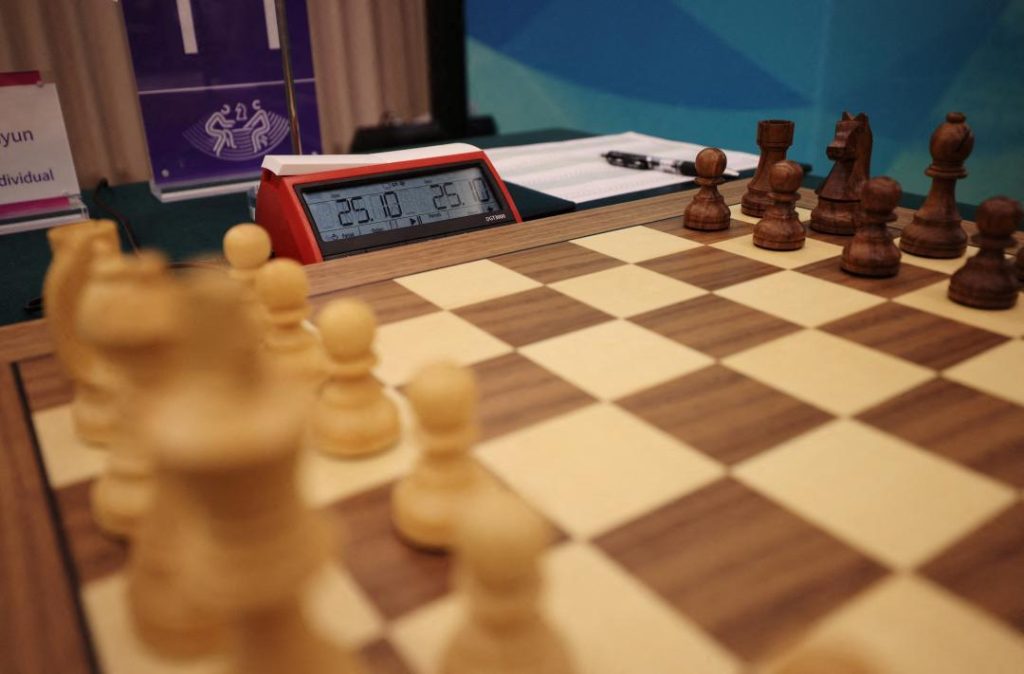
OpenAI o3 Defeats Grok 4 in Chess, Carlsen Says ‘Grok Learnt Theory & Knows Nothing Else’
The world of artificial intelligence (AI) and chess witnessed a thrilling exhibition tournament recently, where the OpenAI o3 team emerged victorious against Elon Musk-owned xAI’s Grok 4. The tournament, held in 2025, saw o3 win all four matches with a clean slate, leaving no room for doubt about its superior chess-playing abilities.
In a shocking revelation, the tournament also saw world number one chess player Magnus Carlsen take a dig at Grok 4, stating that it “learnt theory and literally knows nothing else.” This statement has sparked a heated debate among chess enthusiasts and AI experts, with many weighing in on the implications of Carlsen’s words.
For those who may not be familiar, o3 is a chess-playing AI developed by Sam Altman-led OpenAI, while Grok 4 is a chess-playing AI developed by Elon Musk-owned xAI. The two teams have been engaged in a series of matches over the past few months, with o3 emerging victorious on each occasion.
The latest match between o3 and Grok 4 was no exception, with o3 winning all four games convincingly. o3’s victory was not limited to just one opponent, as it also defeated o4 mini and Kimi K2 instruct in earlier matches.
Carlsen’s statement about Grok 4 has sparked a lot of controversy, with many questioning whether the AI is truly capable of playing chess at a high level. Some have argued that Grok 4’s reliance on theory is a sign of its limitations, while others have defended the AI, saying that it is still an impressive achievement to have developed a chess-playing AI that can compete with human grandmasters.
Grok 4’s dependence on theory is evident in the way it approaches the game. The AI’s strategy is based on memorizing vast amounts of chess data and applying that knowledge to make moves. While this approach has allowed Grok 4 to achieve success in certain situations, it is not without its limitations.
In contrast, o3’s approach to chess is more nuanced. The AI uses a combination of machine learning and natural language processing to analyze chess positions and make moves. This approach allows o3 to adapt to different situations and opponents more easily, making it a more formidable opponent.
Carlsen’s statement about Grok 4 has also raised questions about the future of AI in chess. While AI has made tremendous progress in recent years, there is still a long way to go before it can truly compete with human grandmasters.
Some have argued that AI will eventually surpass human chess players, but others believe that there are fundamental limitations to AI’s ability to play chess. Carlsen’s statement has added fuel to the debate, with many wondering whether AI will ever be able to truly “know” chess in the way that human grandmasters do.
In conclusion, the recent exhibition tournament between o3 and Grok 4 has highlighted the progress that has been made in AI-powered chess. While Grok 4’s reliance on theory has its limitations, o3’s more nuanced approach to the game has allowed it to emerge victorious.
Carlsen’s statement about Grok 4 has added a new layer of complexity to the debate about AI in chess. While some have defended Grok 4, others have questioned whether the AI is truly capable of playing chess at a high level.
As the debate continues, it will be interesting to see how AI developers respond to Carlsen’s statement. Will they focus on developing more nuanced AI systems that can truly compete with human grandmasters, or will they continue to rely on theory-based approaches?
Only time will tell, but one thing is certain – the future of AI in chess is bright, and the competition between o3 and Grok 4 is just beginning.






